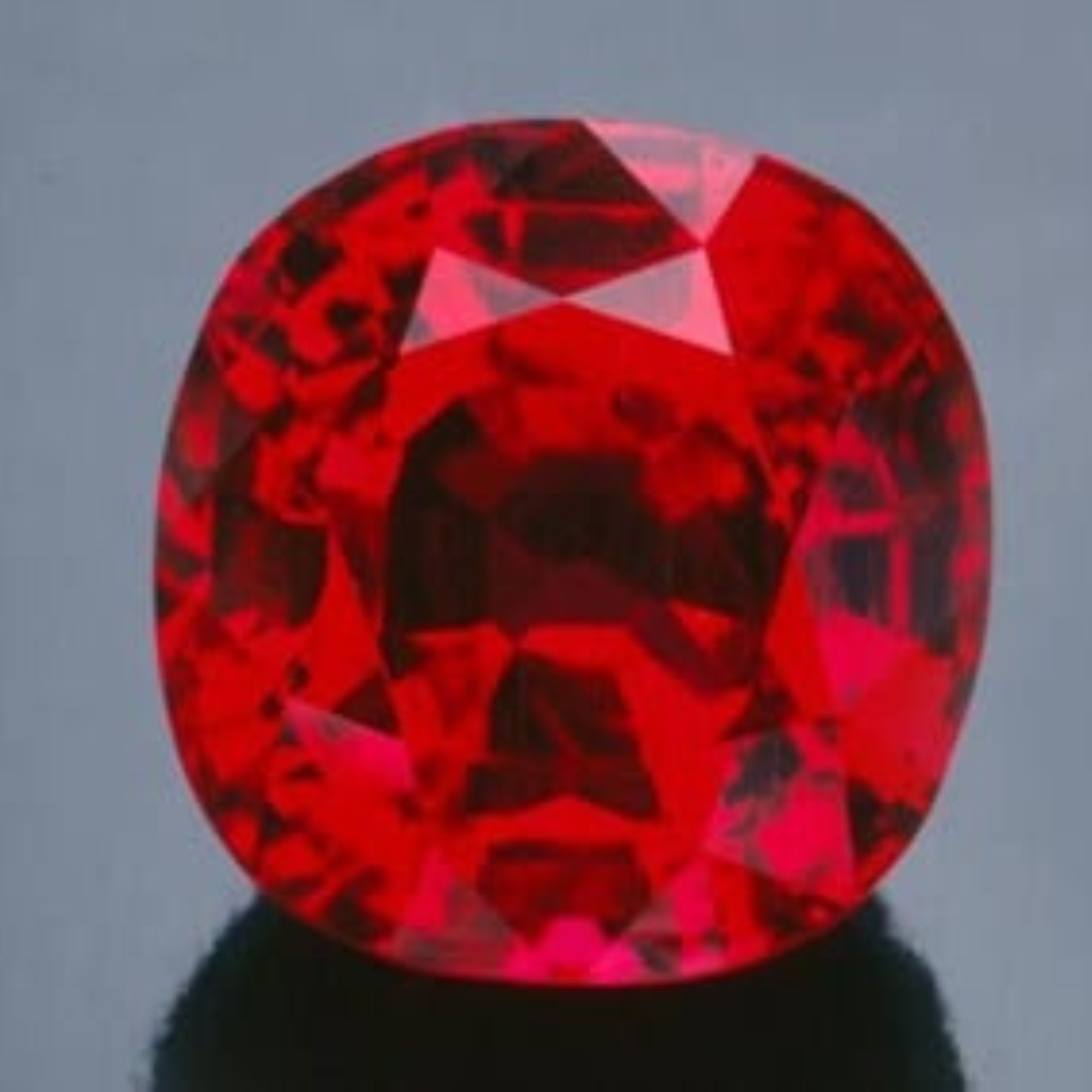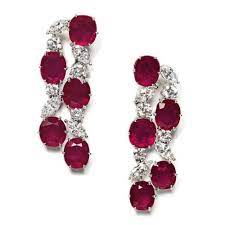
Travel guide to the most famous diamonds in the world.
The summer holidays are just ahead. I hope you have

Our journey with gemstones continues once again, and this time we’re focusing on the red ruby – the gem with the colour of pigeon blood.
Rubies were found, in perhaps the oldest mining area on earth, in the Valley of the Serpents, which I was lucky enough to visit almost 3 years ago. It is a 6-hour drive north of Mandalay, Myanmar, and it is a trip you will certainly not do every day as it has more than 600 hair pin turns, on a super small road. The Valley of the Serpents is about 15km wide and 30km long and includes the town of Mogok. I stayed for 4 days visiting the mines and the gem markets and the experience was nothing short of fantastic. I’ll go into more detail about this trip in a later newsletter, as today we’re focusing on the subject of rubies.

Here comes a little history lesson. The area in Myanmar has been controlled by the Shan States for hundreds of years however in 1886, the British annexed the Shan States and in 1888 the mining rights were leased to a British company, the Burma Ruby Mines Ltd. They worked the mines without making any money until they went bankrupt in 1922. Following World War II, the Shan States were grafted into Burma and named the Burmese Federation. In 1962, General Ne Win took power in a military coup, moved the Burmese army into the Shan States, and banned independent mining. From there on began a 30-year period of isolation which ended only in 1990 with a partial economic reform which ultimately allowed the reopening of mining in the Mogok stone tract.
But what makes Burmese (Myanmar) rubies so fantastic and so different to all other rubies? While all things like clarity and cut are equal, the Burmese rubies are far superior to the Thai rubies for one reason, iron. Many rubies stem from Thailand, but the district where they are mined is very iron-rich and during the ruby’s formation more than 150 million years ago, traces of iron became part of the gem’s chemical composition. Iron lends the Thai ruby a characteristically brownish colour, and it also destroys the natural ultraviolent fluorescence (UV) of the ruby crystal. Ultimately, this means that the Thai ruby is brownish in colour and barely fluorescent under UV light.
In contrast is the pure white marble of the ruby mining districts of Burma (Myanmar), iron-poor. Conditions in Burma are ideal for the formation of ruby crystals (aluminium oxide with trace amounts of chromium) which gives the stones an exceptionally vivid red. As a result, these crystals fluoresce strongly under UV light.
As you might recall, we usually don’t like fluorescence in diamonds, as it can make diamonds look milky and white. But for rubies, fluorescence is a must. Fluorescence is technically invisible to the naked eye, but it supercharges the saturation of the gem. Rubies from Burma and areas close by will often fluoresce slightly in visible light. The absence of the diluting effect of iron, with the fluorescence, gives the Burma ruby a supercharged saturation, which is what we are looking for in a ruby. It has to glow from within.
Rubies come from lots of other places as well, there are, as already mentioned, lots and lots of rubies coming from Thailand, but also Pakistan, Afghanistan, Vietnam, Mozambique, and Madagascar.
What are we actually looking for when looking for the perfect ruby?

We are looking for the colour of “pigeon’s blood”. Pigeon’s blood is one of those terms which has been tossed around for years but rarely defined. The colour is pure red, with no trace of any modification, especially blue, a secondary hue.
You will mostly find rubies which are pinkish-red, which are typically Thai rubies. If they become more pink than red, they should be named pink sapphires. But where does pink end and red begin? You can only see that when comparing one stone to another. Consequently, a piece of good advice is as always to compare, compare, compare.
A fun fact is that when the rubies are presented in parcels of the traditional saffron-yellow paper or, as in Mogok, on polished copper plates, they will tell you that it is because saffron is considered sacred by Buddhists and is the proper colour on which to display the King of Gems. This is partly true; Buddhist monks’ robes are indeed yellow, but the real reason is that yellow compliment blue and complimentary colours cancel each other. Yellow will mask a bluish colour, making the ruby appear to be pure red.
Eye-flawless rubies are extraordinarily rare, and stones, which are flawless will command super high prices. In some cases, small concentrations of broken-straw-like inclusions, even when visible, may be beneficial, as they will act to break and scatter the light throughout the stone, reducing windows (the areas without colour). What you need to look for, is how disturbing or distracting the inclusions are, and how much they detract from the beauty of the stone. If you have a ruby in pure red, then a few eye-visible inclusions are acceptable, especially in larger stones.
Heat-treatment of gemstones have been known for probably thousand years, maybe even longer. In the beginning of 1970, precision technology became available allowing treaters to heat stones to precise temperatures in carefully controlled environments, and since then it has been done universally.
More than 95% of rubies on the market are heat enhanced, including the ones from Mogok.
As a result, you need to have a certificate stating that the stone is untreated, if the seller tells you, it is not. Natural unenhanced stones will command premiums of 50-100%, and that percentage increases with size.

The summer holidays are just ahead. I hope you have

What is the market for pink diamonds like? And what

An old mine-cut diamond is reminiscent of the past when

Looking for an engagement ring that never goes out of

What is the actual work process of making a custom-made
During the past years, the use of diamonds as an investment and financial hedging tool has grown rapidly.
The reason is obvious: Diamond prices are always increasing. In the last 10-15 years, there’s been a huge interest in investing in colored diamonds, making prices for pink and blue diamonds rise by 400 %.
Read more about Investing in Diamonds













Stay informed about the captivating world of the diamond industry by signing up for our newsletter and receive exclusive insights and updates straight to your inbox.


Østerbrogade 226
Copenhagen Ø
TLF: 53532277
CVR: 40081321
Belgian phone no.: +32 485 00 58 42
Danish phone no.: +45 53 53 22 77
Email: trine@bylamm.com
![]()